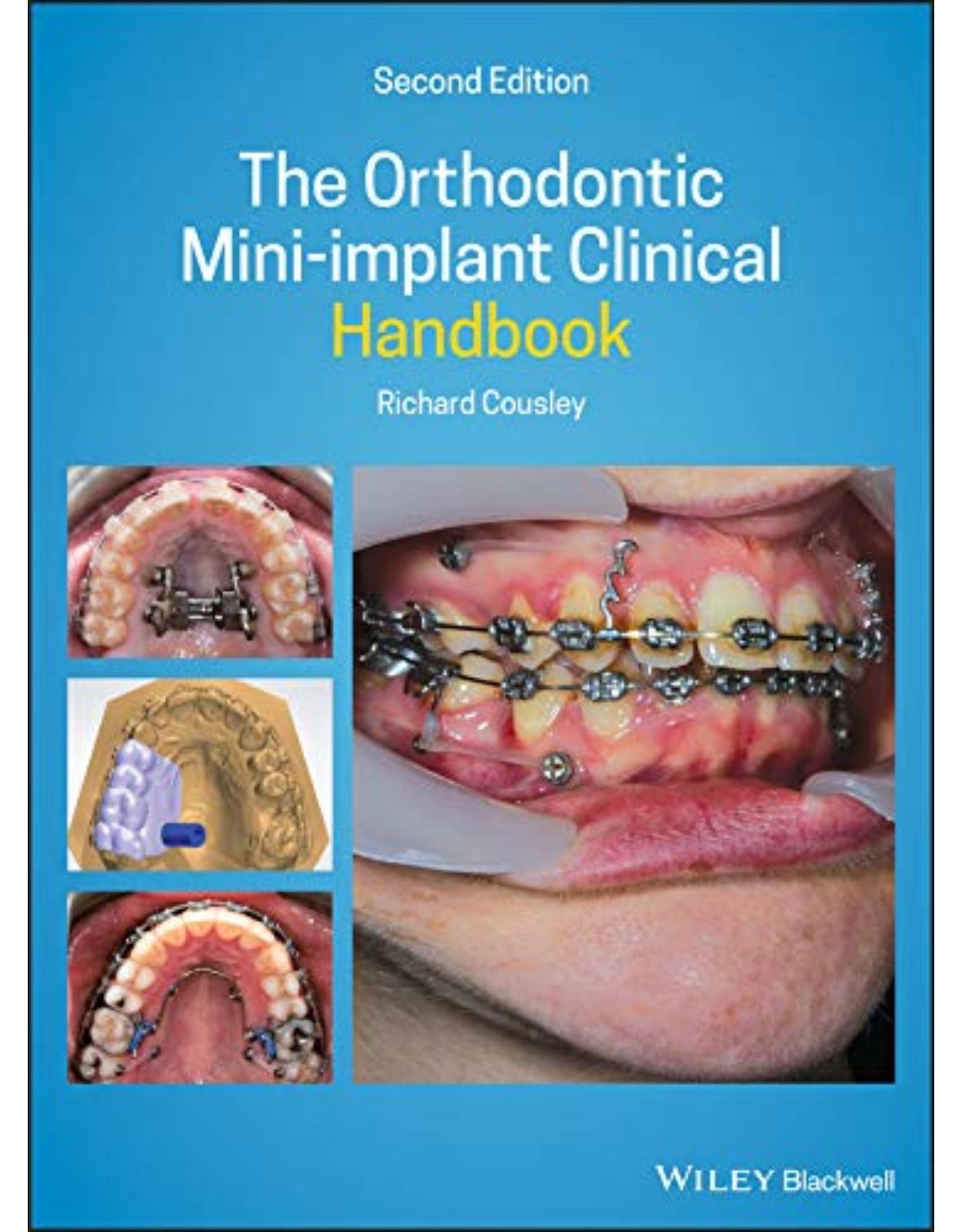
The Orthodontic Mini–implant Clinical Handbook
Livrare gratis la comenzi peste 500 RON. Pentru celelalte comenzi livrarea este 20 RON.
Disponibilitate: La comanda in aproximativ 4 saptamani
Autor: Richard Cousley
Editura: Wiley
Limba: Engleza
Nr. pagini: 344
Coperta: Hardcover
Dimensiuni: 22.1 x 2.29 x 28.7 cm
An aparitie: 12 Mar. 2020
DESCRIPTION:
Offers the very latest on the theory and practice of integrating mini-implant techniques into clinical practice
This all-new second edition of The Orthodontic Mini-implant Clinical Handbook provides a thoroughly revised and expanded update to the theoretical and practical aspects of using mini-implants in orthodontic practice. Taking a practical step-by-step approach with hundreds of clinical images, it presents updated clinical techniques and new clinical cases, covering all topics of importance for utilising mini-implants. It also includes a new chapter on mini-implant anchored maxillary expansion appliances.
It begins with a chapter that looks at mini-implant principles and potential complications, before moving onto clinical and design factors for maximising mini-implant success. Other chapters cover incisor retraction; molar distalisation and protraction; intrusion and anterior openbite treatments; bone anchored rapid maxillary expansion; orthognathic surgical uses; and ectopic teeth.
Provides a comprehensive guide to both theoretical and practical advice for the use of mini-implants in orthodontic practice
Covers updated clinical techniques and new clinical cases
Presents a new chapter on mini-implant anchored maxillary expansion appliances
Takes a highly illustrated step-by-step approach ideal for clinical practice
The Orthodontic Mini-Implant Clinical Handbook is an essential resource to orthodontists, maxillofacial surgeons, practicing dentists, and anyone with an interest in mini-implant skeletal anchorage.
TABLE OF CONTENTS:
Preface to Second Edition xi
1 Orthodontic Mini-implant Principles and Potential Complications 1
1.1 The Origins of Orthodontic Bone Anchorage 1
1.2 The Evolution of Mini-implant Biomechanics 1
1.3 3D Anchorage Indications 1
1.4 Using the Right Terminology 2
1.5 Principal Design Features 2
1.6 Clinical Indications for Mini-implants 2
1.6.1 Routine Cases 2
1.6.2 Complex Cases 3
1.6.3 Direct and Indirect Anchorage 3
1.7 Benefits and Potential Mini-implant Complications 3
1.8 Mini-implant Success and Failure 4
1.9 Medical Contraindications 5
1.10 Root/Periodontal Damage 5
1.11 Perforation of Nasal and Maxillary Sinus Floors 6
1.12 Damage to Neurovascular Tissues 6
1.13 Mini-implant Fracture 7
1.14 Pain 7
1.15 Soft Tissue Problems 8
1.16 Mini-implant Migration 8
1.17 Biomechanical Side-effects 10
1.18 Factors Affecting Mini-implant Success 11
References 11
2 Maximising Mini-implant Success: Patient (Anatomical) Factors 15
2.1 Cortical Bone Thickness and Density 15
2.2 Interproximal Space 16
2.3 Soft Tissue and Oral Hygiene 17
2.4 Maxillomandibular Planes Angle 17
2.5 Age 18
2.6 Cigarette Smoking 18
2.7 Body Mass Index 18
References 19
3 Maximising Mini-implant Success: Design Factors 21
3.1 Mini-implant Design Factors 21
3.2 The Infinitas™ Mini-implant System 22
3.2.1 Infinitas Mini-implant Design Features 22
3.2.2 Infinitas Guidance System 24
3.3 Digital Stent Fabrication Processes 27
References 29
4 Maximising Mini-implant Success: Clinical Factors 31
4.1 Clinical Technique Factors 31
4.1.1 Insertion Technique 31
4.1.2 Root Proximity 31
4.1.3 Force Application 33
4.2 Introducing Mini-implants to your Clinical Practice 33
4.3 Patient Consent 33
4.4 Key Points to Consider for Valid Consent 35
4.4.1 Rationale for Mini-implant Anchorage 35
4.4.2 Patient Discomfort 35
4.4.3 Mini-implant Instability 35
4.4.4 Periodontal/Root Contact 35
4.4.5 Mini-implant Fracture 35
4.4.6 Mini-implant Displacement 35
4.4.7 Written Information 35
4.5 Staff Training 35
4.6 Patient Selection 35
References 37
5 Mini-implant Planning 41
5.1 Mini-implant Planning 41
5.1.1 Treatment Goals and Anchorage Requirements 41
5.2 Mini-implant Location 41
5.3 Hard Tissue Anatomy and Radiographic Imaging 41
5.4 Soft Tissue Anatomy 45
5.5 Vertical Location and Inclination 46
5.6 Insertion Timing 46
5.7 Guidance Stent 49
5.8 Mini-Implant Dimensions 49
References 51
6 Mini-implant Insertion 53
6.1 Mini-implant Kit Sterilisation 53
6.2 Superficial Anaesthesia 53
6.3 Antibacterial Mouthwash 54
6.4 Stent Application (Optional) 54
6.5 Soft Tissue Removal 54
6.6 Cortical Perforation 55
6.7 Mini-implant Insertion 55
6.8 Mini-implant Fracture 58
6.9 Postoperative Instructions 58
6.10 Force Application 59
6.11 Biomechanics 59
6.12 Explantation 59
6.13 Summary of Mini-implant Insertion Steps 60
6.14 Maximising Mini-implant Success: Ten Clinical Tips 60
References 60
7 Retraction of Anterior Teeth 63
7.1 Clinical Objective 66
7.2 Treatment Options 66
7.3 Key Treatment Planning Considerations 66
7.4 Biomechanical Principles 67
7.5 Midtreatment Problems and Solutions 67
7.6 Clinical Steps for a Posterior Mini-implant 67
7.6.1 Preinsertion 67
7.6.2 Mini-implant Selection 68
7.6.3 Insertion 68
7.6.4 Postinsertion 69
7.7 Biomechanical Options for Anterior Teeth Retraction 69
7.8 Case Examples 70
References 99
8 Molar Distalisation 101
8.1 Alternatives to Mini-Implant Distalisation 101
8.1.1 Class II Growth Modification Treatment, Involving Mini-implant Anchorage (Figure 8.1) 102
8.1.2 Mandibular Distalisation Using Miniplate Anchorage (Figure 8.3) 105
8.2 Clinical Objectives of Molar Distalisation 105
8.3 Treatment Options 105
8.4 Key Treatment Planning Considerations 110
8.5 Biomechanical Principles 110
8.6 Midtreatment Problems and Solutions 110
8.7 Mandibular Arch Distalisation 110
8.7.1 Clinical Steps for Mandibular Distalisation 110
8.7.2 Case Examples 113
8.8 Maxillary Arch Distalisation 116
8.8.1 Clinical Steps for Palatal Alveolar Distalisation 116
8.8.2 Case Examples 117
8.9 Midpalatal Distaliser Options 121
8.9.1 Pushcoil Distaliser 127
8.9.2 Traction Distaliser 127
8.9.3 Clinical Steps for a Midpalatal Distaliser 127
8.9.4 Case Examples 129
References 135
9 Molar Protraction 137
9.1 Clinical Objective 141
9.2 Treatment Options 141
9.3 Key Treatment Planning Considerations 141
9.4 Biomechanical Principles 141
9.5 Midtreatment Problems and Solutions 142
9.6 Clinical Steps for Molar Protraction Using Alveolar Site Anchorage 142
9.6.1 Preinsertion 142
9.6.2 Mini-implant Selection 144
9.6.3 Insertion 145
9.6.4 Postinsertion 145
9.7 Case Examples 145
9.8 Clinical Steps for Midpalate (Indirect) Anchorage (Figure 9.3) 161
9.8.1 Preinsertion 161
9.8.2 Mini-implant Selection 161
9.8.3 Insertion 161
9.8.4 Postinsertion 161
9.9 Direct Palatal Anchorage Example (Figure 9.15) 162
References 166
10 Intrusion and Anterior Openbite Treatments 167
10.1 Single-Tooth and Anterior Segment Intrusion Treatments 169
10.1.1 Clinical Objectives 169
10.1.2 Treatment Options 169
10.1.3 Relevant Clinical Details 169
10.1.4 Biomechanical Principles 169
10.1.5 Clinical Tips and Technicalities 169
10.1.6 Clinical Steps 170
10.1.7 Case Examples 170
10.2 Anterior Openbite Treatment 172
10.2.1 Clinical Objectives 174
10.2.2 Treatment Options 174
10.2.3 Relevant Clinical Details 174
10.2.4 Biomechanical Principles 174
10.2.5 Clinical Tips and Technicalities 176
10.2.6 Simultaneous Mandibular Molar Intrusion 182
10.2.7 Clinical Steps for Maxillary Molar Intrusion 182
10.2.8 Case Examples 185
References 206
11 Transverse and Asymmetry Corrections 209
11.1 Asymmetry Problems 209
11.2 Dental Centreline Correction 209
11.2.1 Clinical Objective 209
11.2.2 Treatment Options 209
11.2.3 Relevant Clinical Details 210
11.2.4 Biomechanical Principles 210
11.2.5 Clinical Tips and Technicalities 210
11.2.6 Midtreatment Problems and Solutions 210
11.2.7 Clinical Steps for Centreline Correction 210
11.2.8 Case Examples 211
11.3 Unilateral Intrusion (Vertical Asymmetry Correction) 227
11.3.1 Clinical Objective 227
11.3.2 Treatment Options 227
11.3.3 Relevant Clinical Details 227
11.3.4 Biomechanical Principles 228
11.3.5 Clinical Tips and Technicalities 228
11.3.6 Midtreatment Problems and Solutions 228
11.3.7 Clinical Steps for Unilateral Intrusion 232
11.3.8 Case Example (Figure 11.7) 234
12 Ectopic Teeth Anchorage 239
12.1 Clinical Objectives 239
12.2 Treatment Options 239
12.3 Relevant Clinical Details 239
12.4 Biomechanical Principles 240
12.5 Clinical Tips and Technicalities 241
12.6 Midtreatment Problems and Solutions 241
12.7 Clinical Steps for Ectopic Tooth Alignment 241
12.7.1 Preinsertion 241
12.7.2 Mini-implant Selection 241
12.7.3 Insertion 242
12.7.4 Postinsertion 242
12.7.5 Case Examples 242
13 Bone-anchored Maxillary Expansion 259
13.1 Conventional Rapid Maxillary Expansion 259
13.2 Expansion Forces and Speed 260
13.3 Potential Advantages of Mini-implant Anchored RME 263
13.3.1 Greater Basal Skeletal Expansion 263
13.3.2 Basal Expansion in Older Aged Patients (Postpuberty) 263
13.3.3 Greater Posterior Palatal Expansion 263
13.3.4 Increased Nasal Airflow 263
13.3.5 Fewer Dental and Periodontal Side-effects 263
13.4 Clinical Objective 264
13.5 Treatment Options 264
13.6 Relevant Clinical Details 264
13.7 Design Options for Mini-implant Expanders 264
13.8 Hybrid RME 264
13.8.1 Mini-implant Assisted Rapid Palatal Expansion (MARPE) 264
13.8.2 Hybrid Hyrax RME Appliance 266
13.8.3 Biomechanical Principles for Hybrid RME Appliances 271
13.8.4 Clinical Steps for Hybrid RME 271
13.9 Non-tooth Borne Mini-Implant Only RME 271
13.9.1 Case Examples 271
13.10 Biomechanical Principles 278
13.10.1 Clinical Steps for OMI-borne RME 278
13.11 Haas-type (Mucosa) and Mini-implant RME 278
13.11.1 Clinical Steps for Mucosa-OMI Borne RME 279
13.11.2 Case Example 279
13.12 Summary of RME Design Selection 279
References 283
14 Orthognathic Surgical Uses 285
14.1 Clinical Objectives 285
14.2 Treatment Options 302
14.3 Relevant Clinical Details 302
14.4 Biomechanical Principles 322
14.5 Clinical Tips and Technicalities 323
14.6 Clinical Steps 324
14.6.1 Preinsertion 324
14.6.2 Mini-implant Selection 324
14.6.3 Insertion 324
14.6.4 Postinsertion 325
14.7 Case Examples 325
References 328
Index 329
| An aparitie | 12 Mar. 2020 |
| Autor | Richard Cousley |
| Dimensiuni | 22.1 x 2.29 x 28.7 cm |
| Editura | Wiley |
| Format | Hardcover |
| ISBN | 9781119509752 |
| Limba | Engleza |
| Nr pag | 344 |

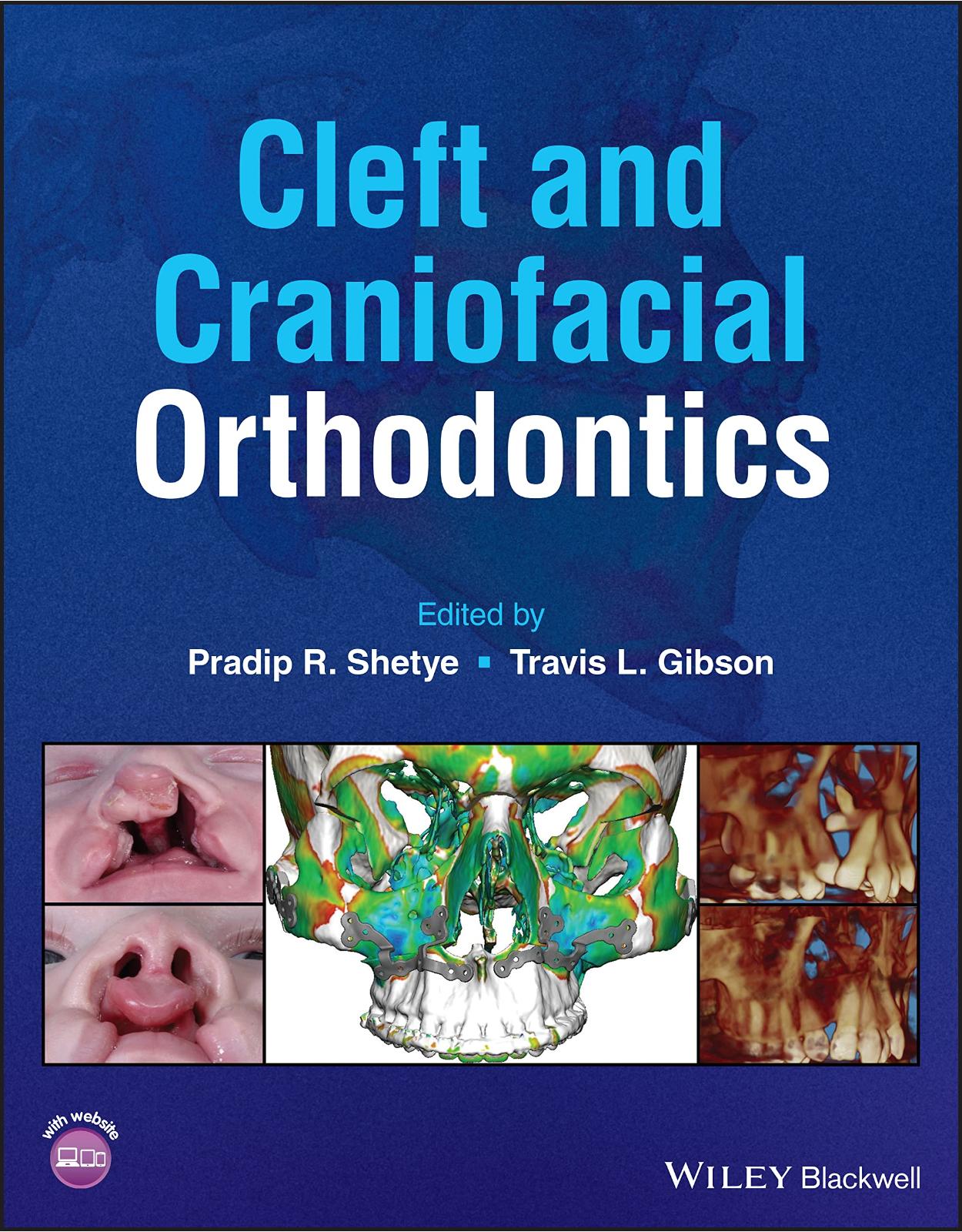
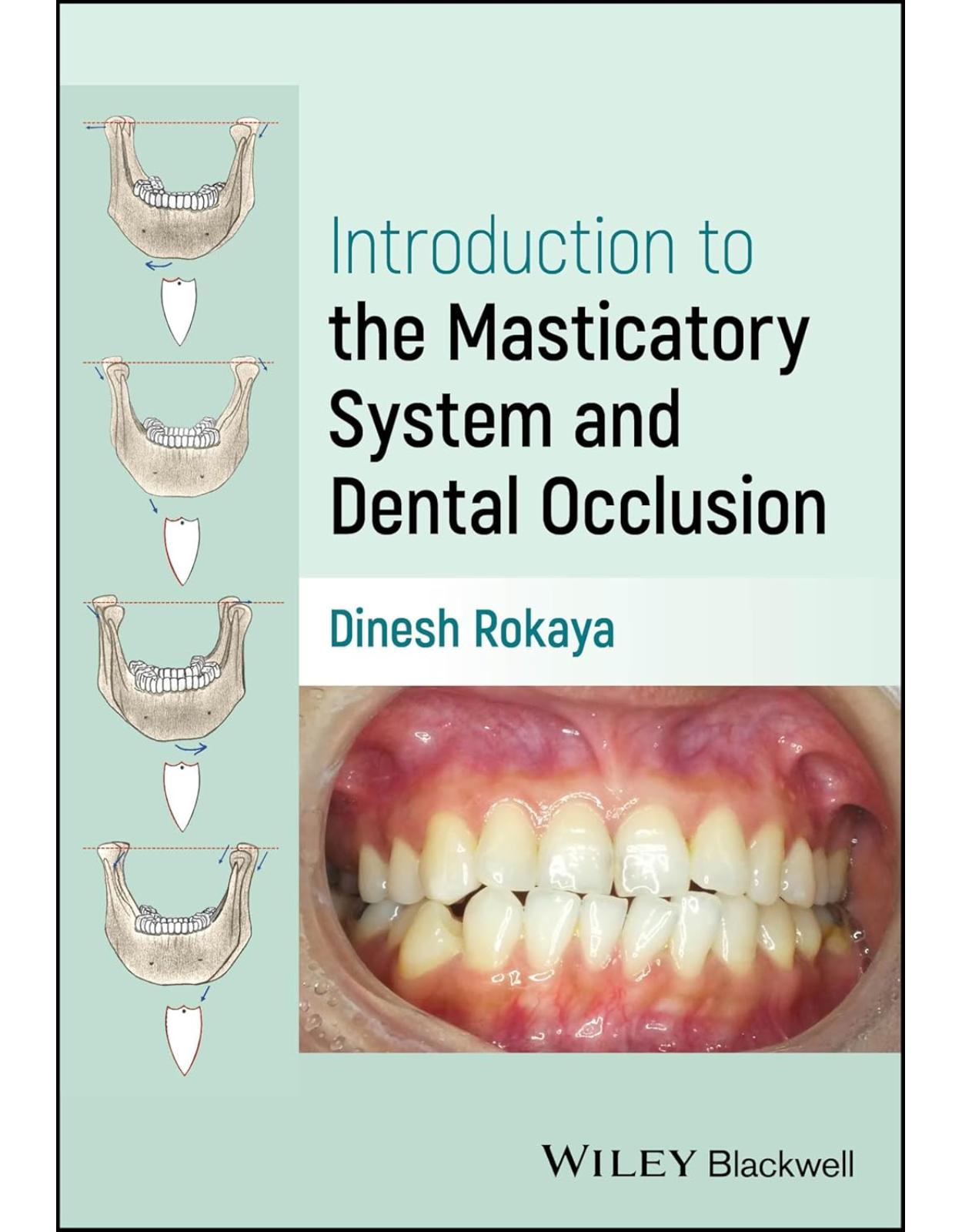
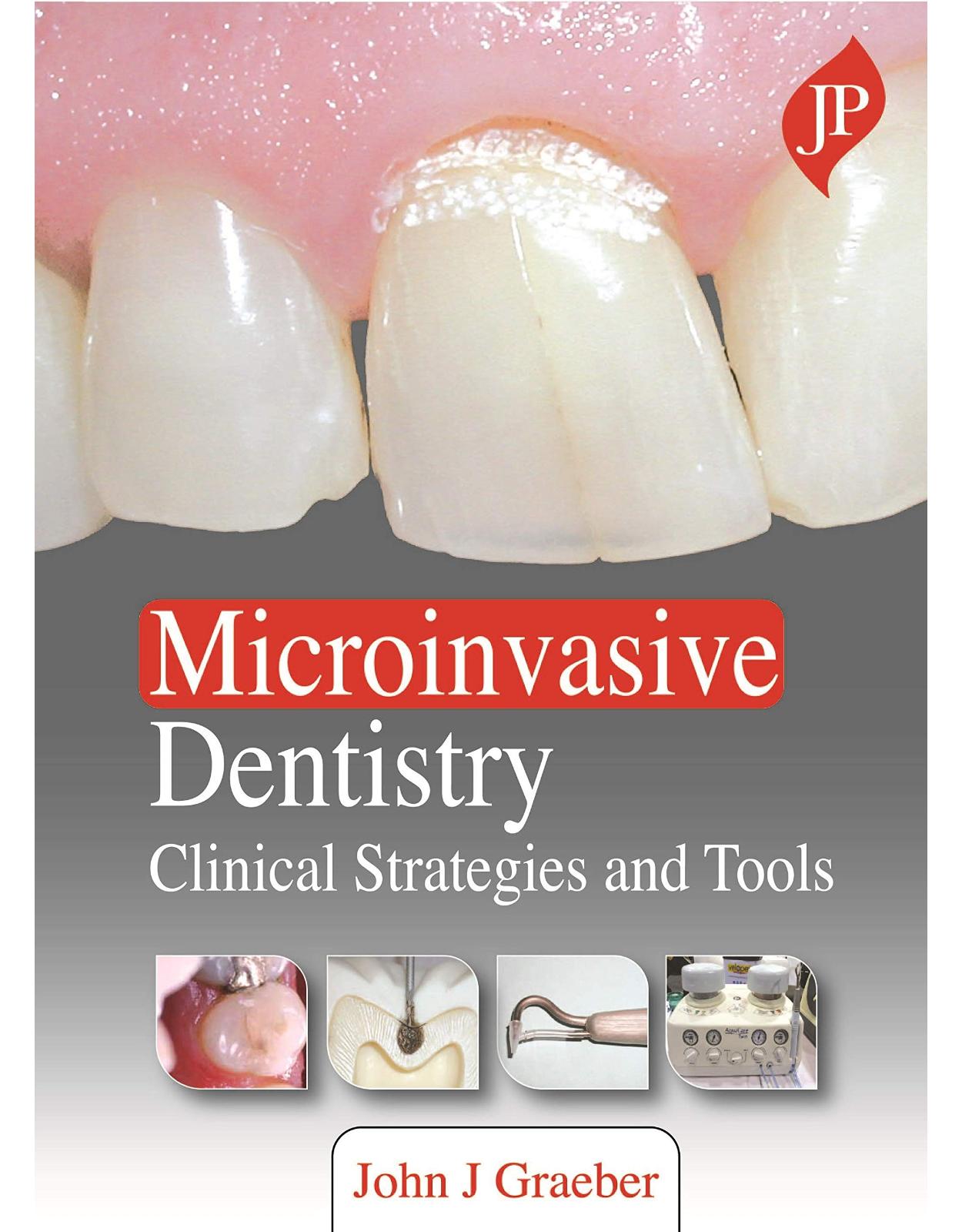
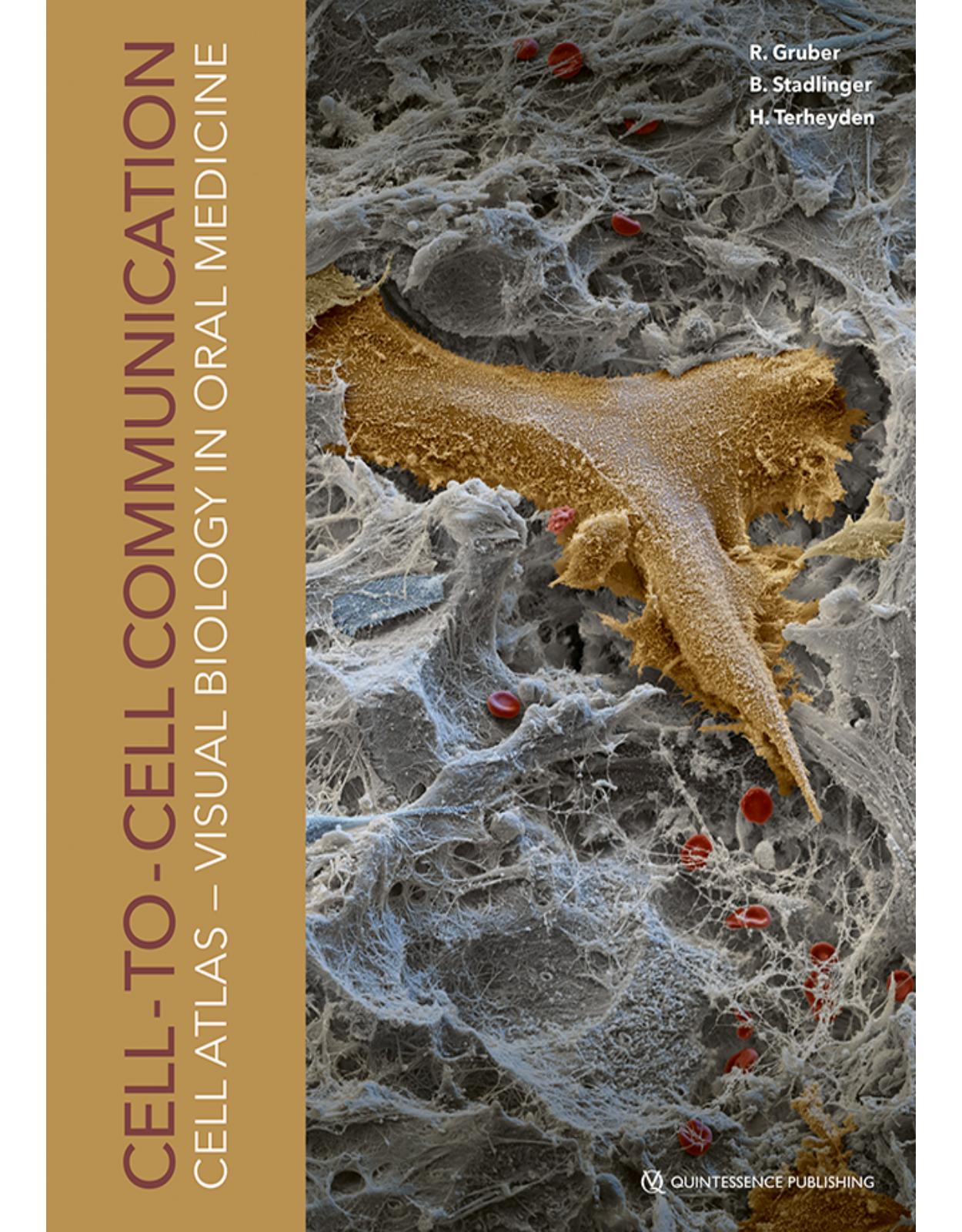
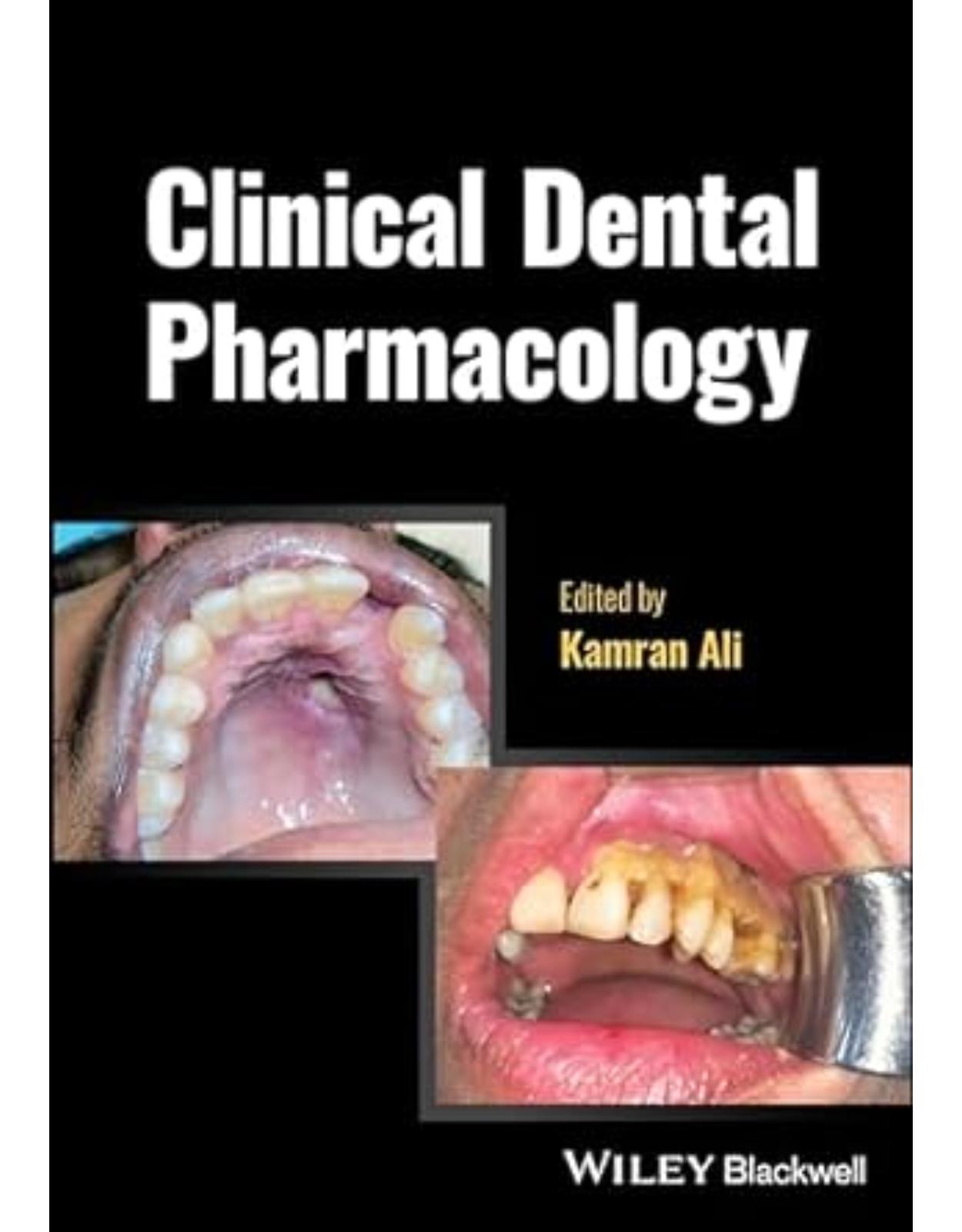
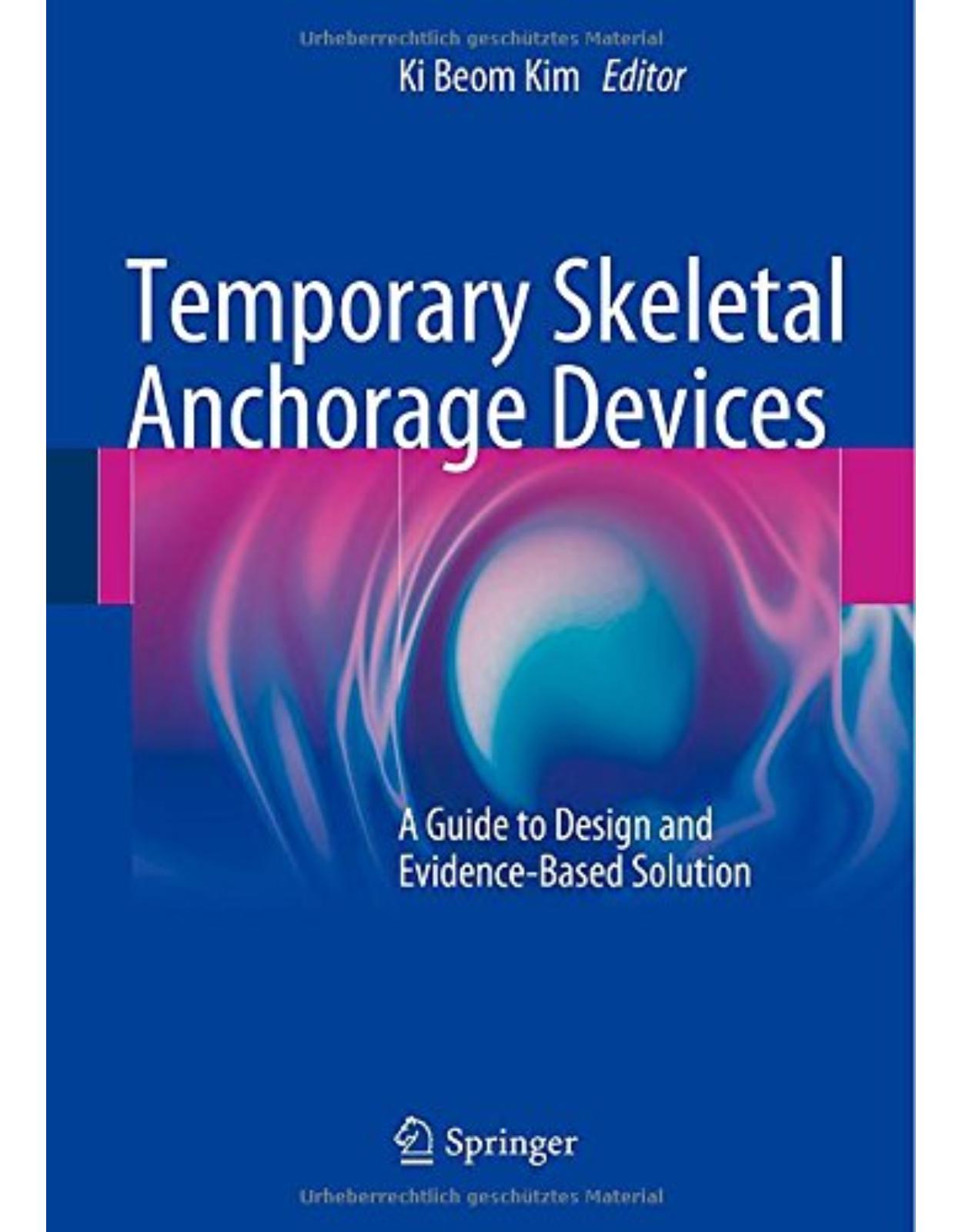
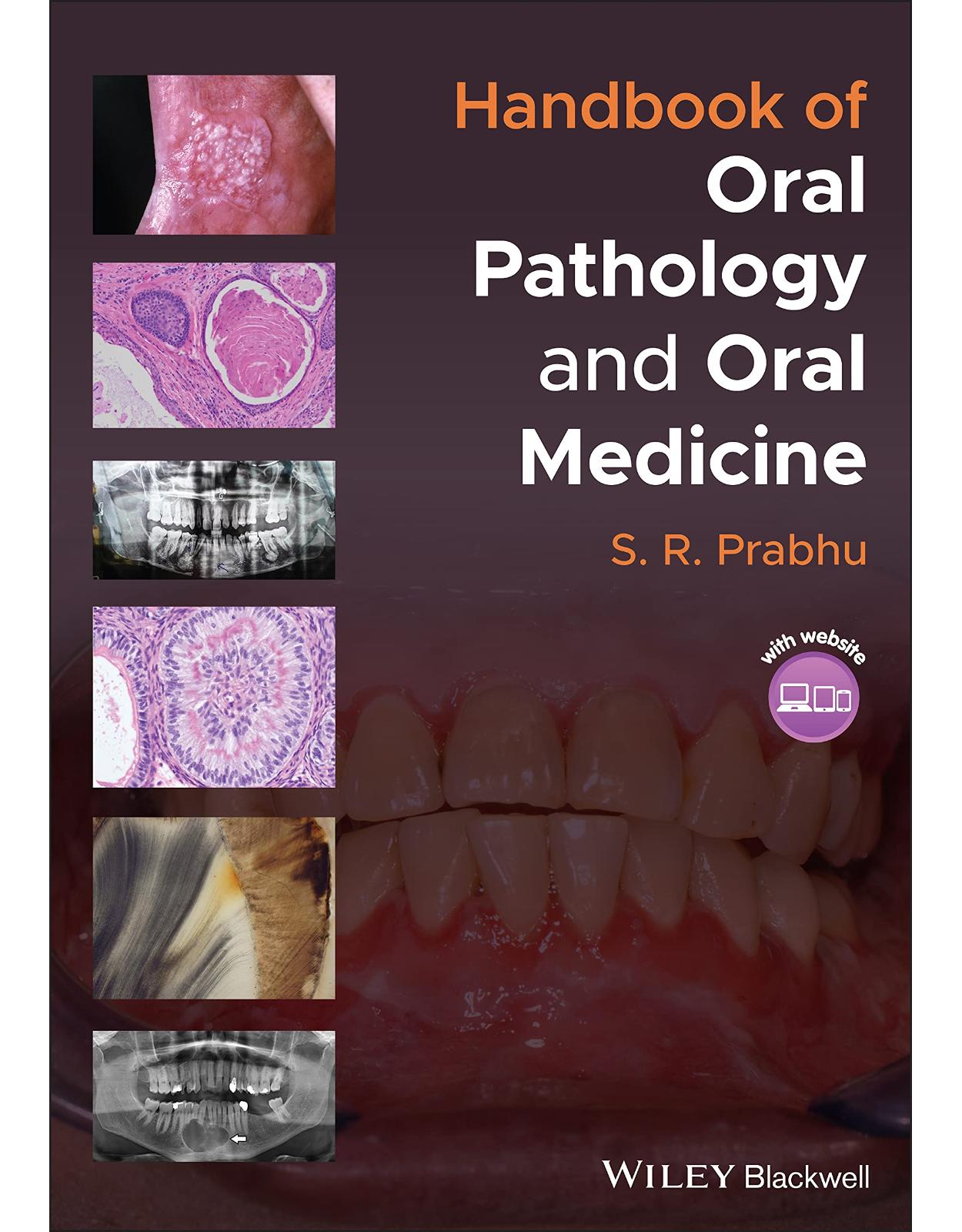
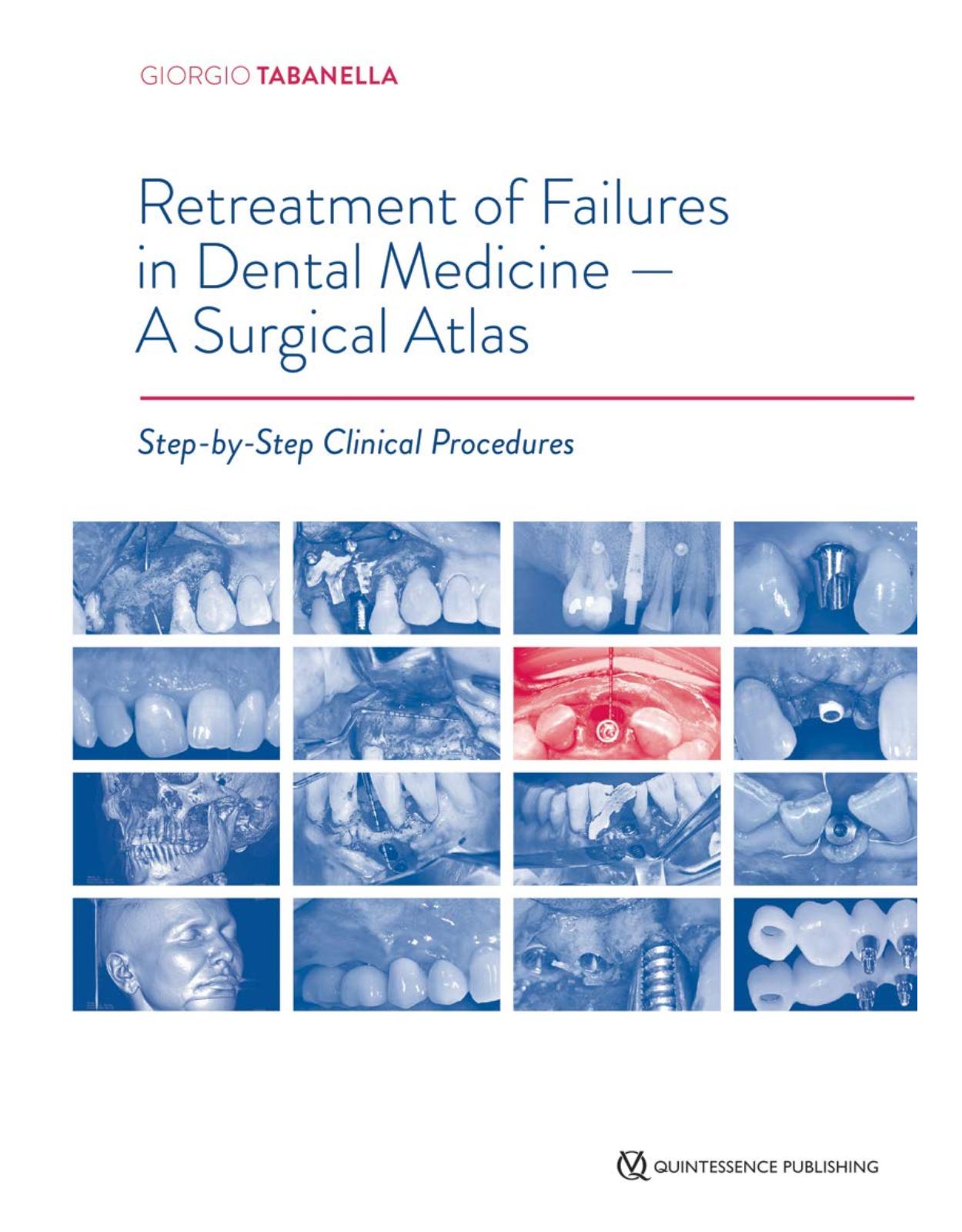
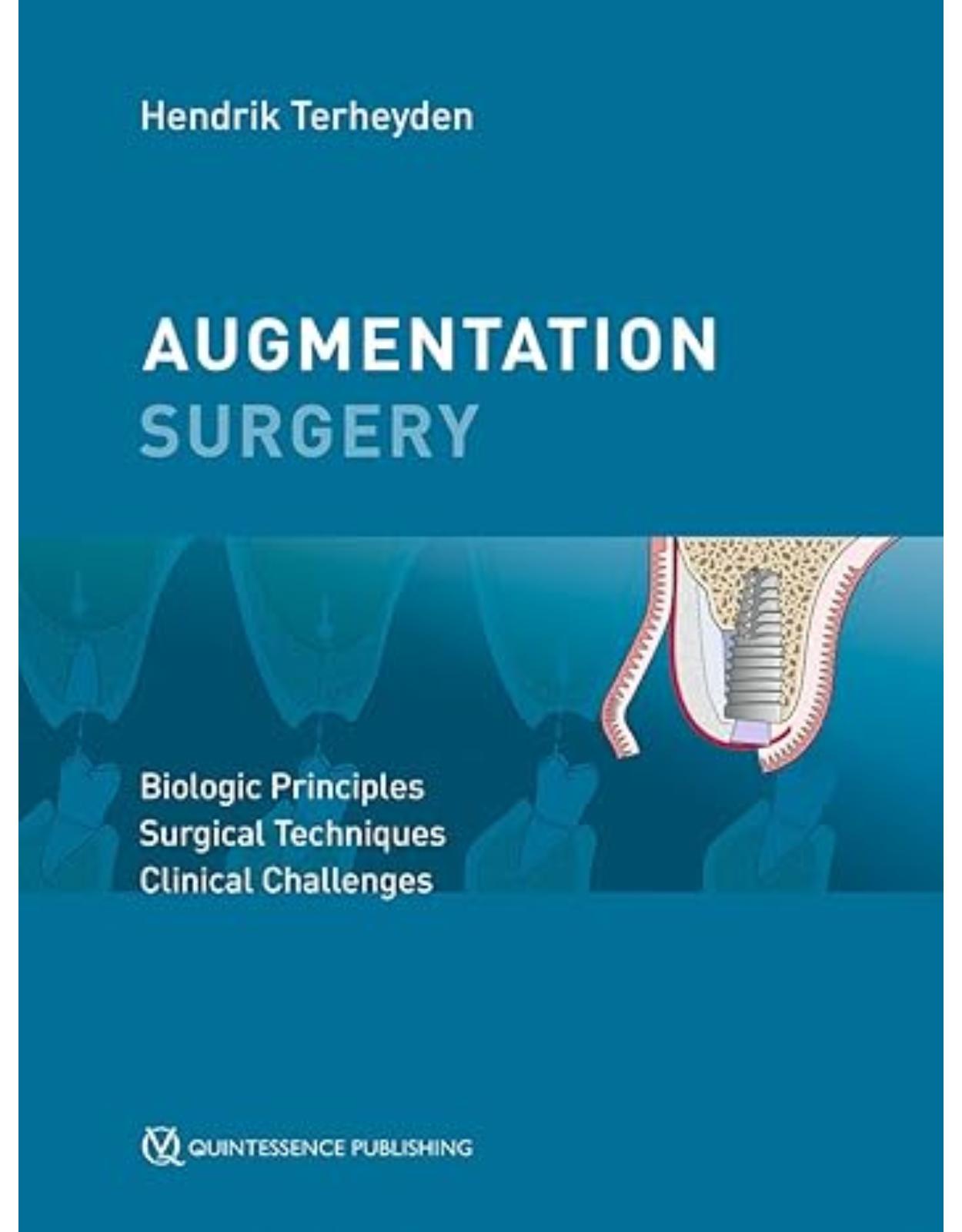
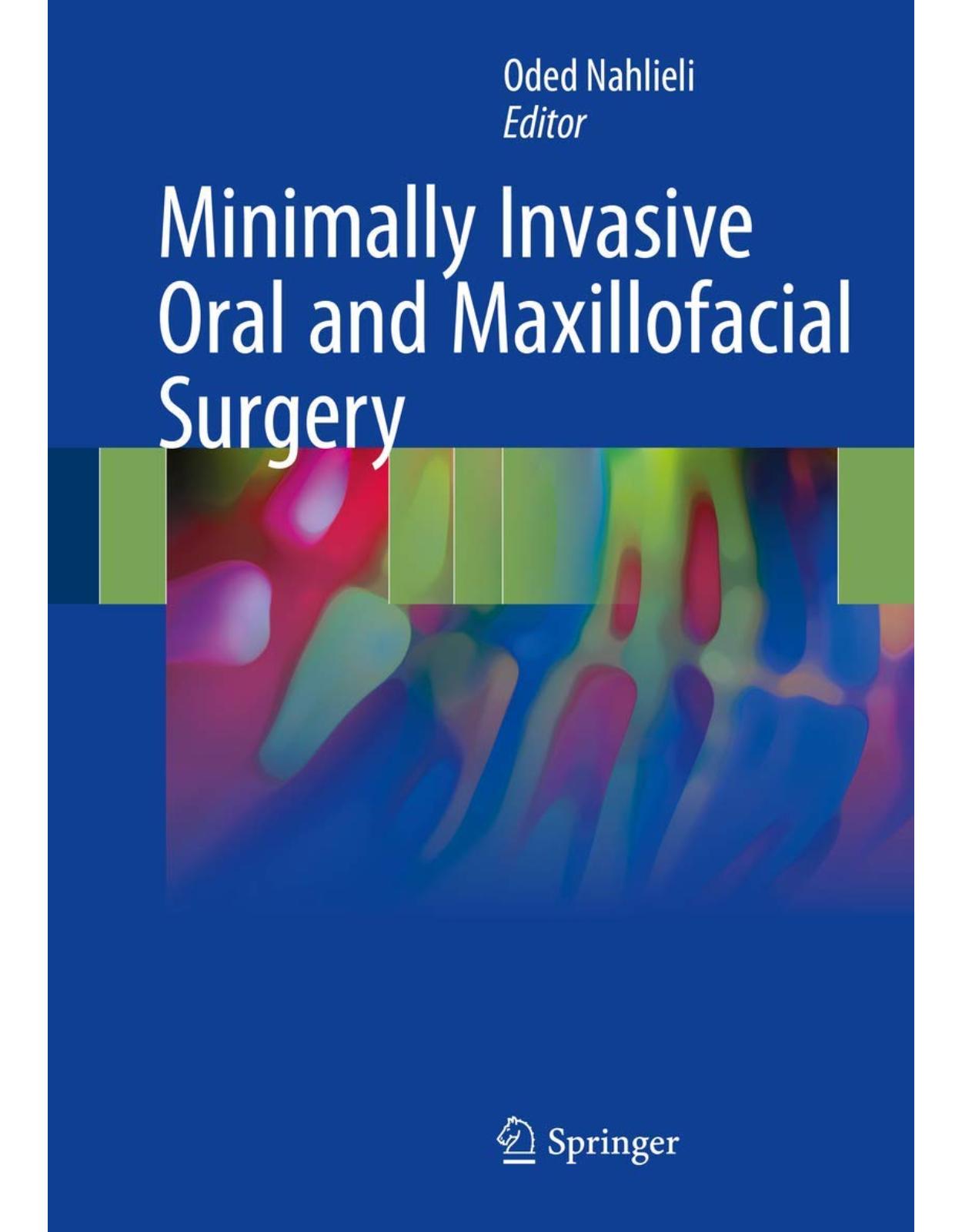
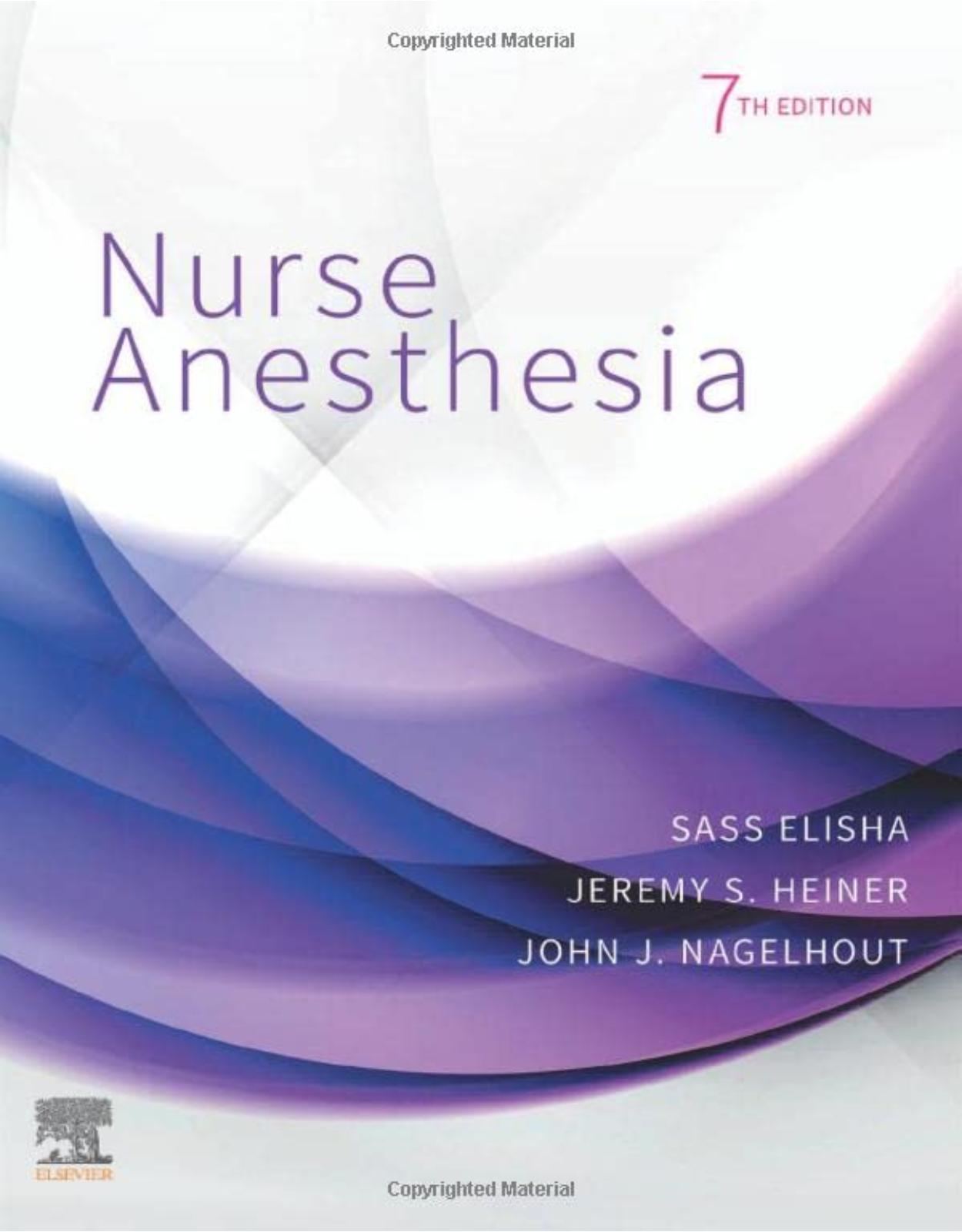
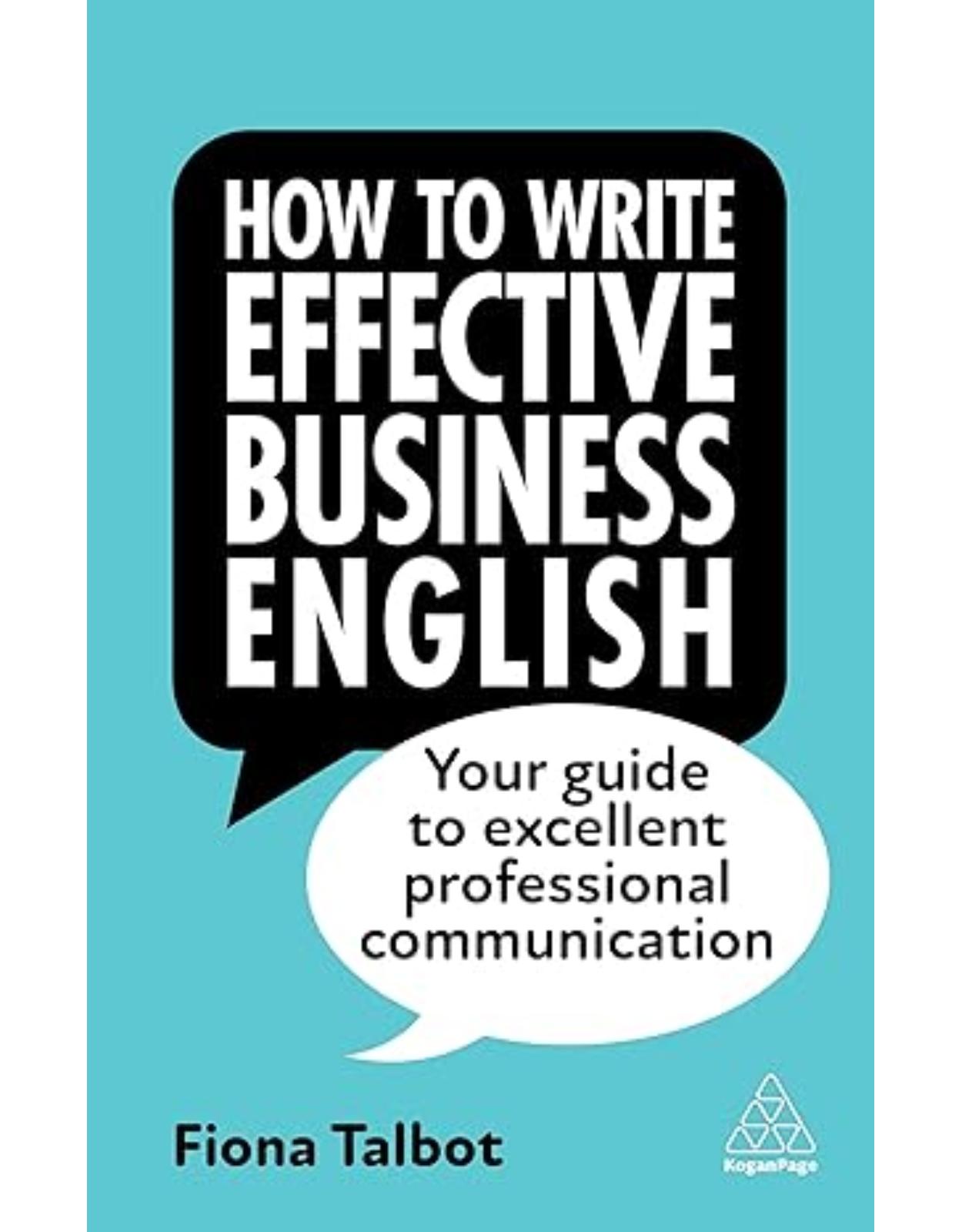
Clientii ebookshop.ro nu au adaugat inca opinii pentru acest produs. Fii primul care adauga o parere, folosind formularul de mai jos.